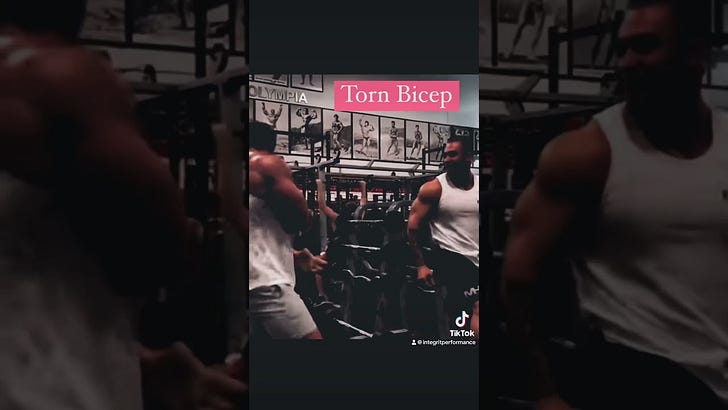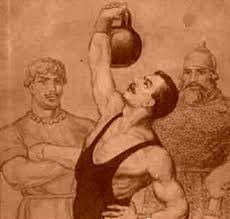Hope y’all had a festive new years celebration and are ready to ring in another rotation around the sun. The last couple of years I’ve been writing an anti “happy” new year post that wishes you courage rather than happiness. You can read that on instagram here.
Warm fuzzy feeling stuff aside now, let’s get down to business. As many of you know, I train a lot of novices and intermmediates. A major issue I see with new trainees is not focusing on movement quality. Movement quality is essential for preventing injury, making sure you load the tissues with sufficient time under tension, and to overall receive a net benefit from the workout.
For those unfamiliar with exercise science research, a great amount of it is conducted on untrained populations. Your favorite “evidence-based” insta-bro then takes snippets of abstracts from those studies and tries to apply them to you. I’ve also seen studies with “high protein” supplements that contained 10g of protein (seriously).
Here’s the problem…
Context matters and not everyone is a novice. Even if you are brand new to training, there are still high responders to training. Some folks just respond very well to whatever you throw at them while others respond minimally or not at all. It’s not uncommon to see a study where a subject gained pounds of muscle doing the same protocol as another subject that had no gains or even lost muscle. Just because it worked for someone else, doesn’t necessarily mean it’ll work exactly the same way for you too.
Science aside, we already know what works really well. People have been training hard for centuries (arguably longer). We understand physiology enough to know that a degree of stress is necessary to nudge our bodies to adapt to said stressor(s). Practically speaking, this means that above all there are a few principles you should keep in mind if you havent been seeing results in the gym or have plateaud.
1.) Movement Quality. I can’t stress this enough. Watch the video below to see some differences in movement quality, you’ll notice the effects immediately when you begin to fine tune your technique. The pumps will be better, you’ll establish a better connection to the muscles you’re trying to engage, you’ll use less weight and feel more wrecked from the training.
2.) Train Hard. This may come as a surprise to you, but this is a problem for a lot of my clients at first. They don’t understand hard training, and that’s fine, they haven’t done it before but you have to push the envelope. Don’t be afraid to stretch your limits.
Pro Tip: Your mind is lieing to you most of the time. Fundamentally, your brain is trying to keep you safe and does so by making predictions. That’s where the +2 method comes in. I tried this method with myself and my clients a couple years ago and was shocked at how much we short sell ourselves.
When attempting a set to failure, tell yourself to do 2 more reps when you feel you’ve hit your set to failure. I was able to hit 2 or more reps a vast majority of the time, 1 more rep some of the time, and almost never missed the next rep.
3.) Check Your Recovery.
How much are you sleeping? How deep is your sleep?
What’s your calorie and protein intake?
Do you track or audit your micronutrient intake?
What have your stress levels been like recently?
All the above are simple considerations to run a self audit of your training and lifestyle. Most of us can identify atleast one problem from the 3 points above that we can immediately begin to fix to start seeing better results.
The Workout
Kb Swing x 1:00
KB Front Rack Lunge (alternate legs) x 1:00
Sumo Stance KB Row x 1:00
Rest x 1:00
Do 3 to 4 rounds.
Move with purpose. All the movements above should have a dead stop or break between them, treat this almost like high intensity continous training. This means every rep should be moved with good form and power. You should not be reaching failure and reps should feel crisp.
A minute is a long time to be swinging, perform the kettlebell swings from a dead stop each time. Simply rest the KB on the floor between the legs briefly before exploding into the next swing.
Articles in the works: How to be motivated: the science behind goal setting and motivation to help you better achieve your goals. Controlling hunger: the science of hunger and practical strategies to curb overeating.
Got something to say? Leave a comment below.
Drop any questions, love letters, soliloquy’s, insults, or compliments in the comment section and I’ll get back to you in kind.





